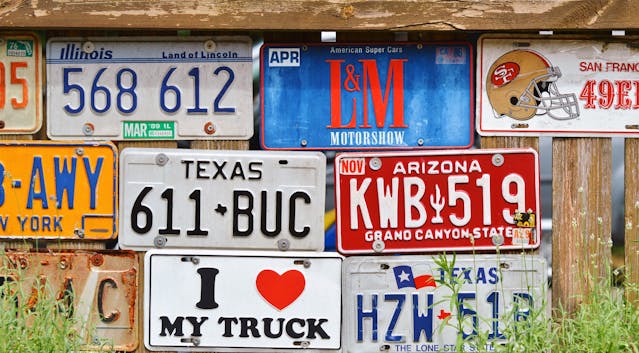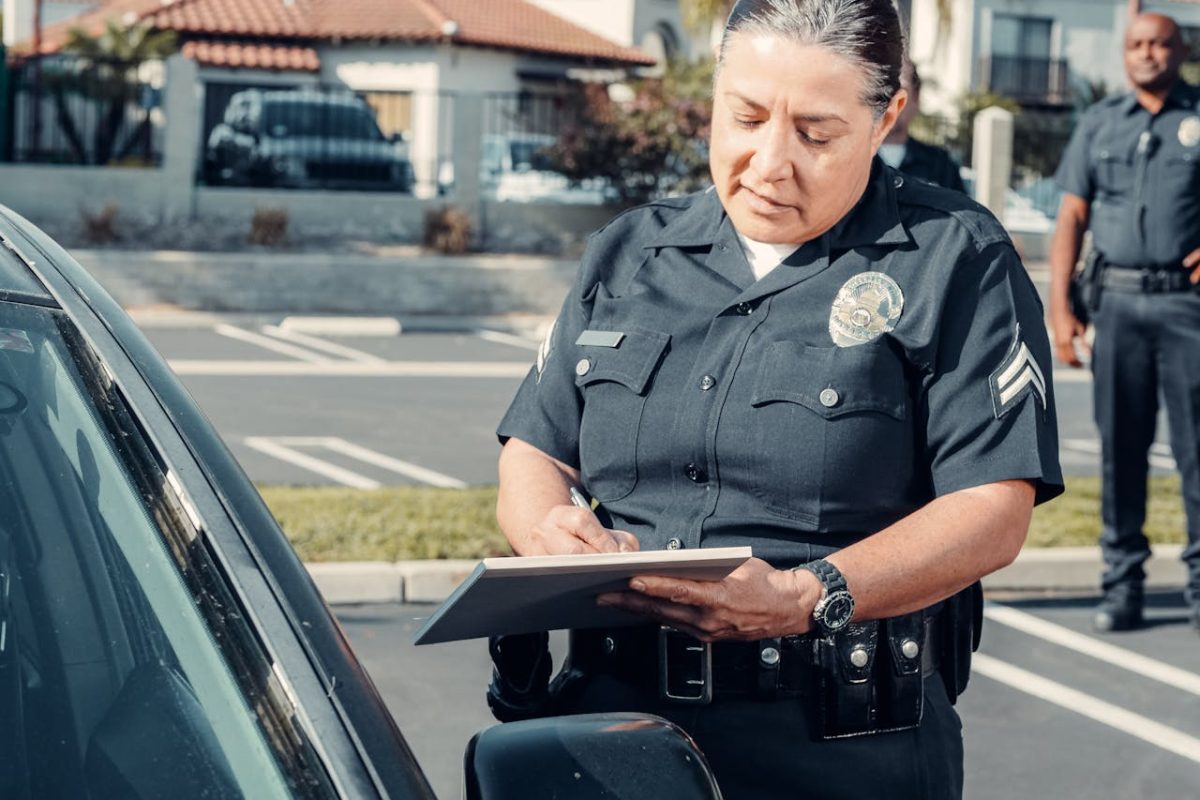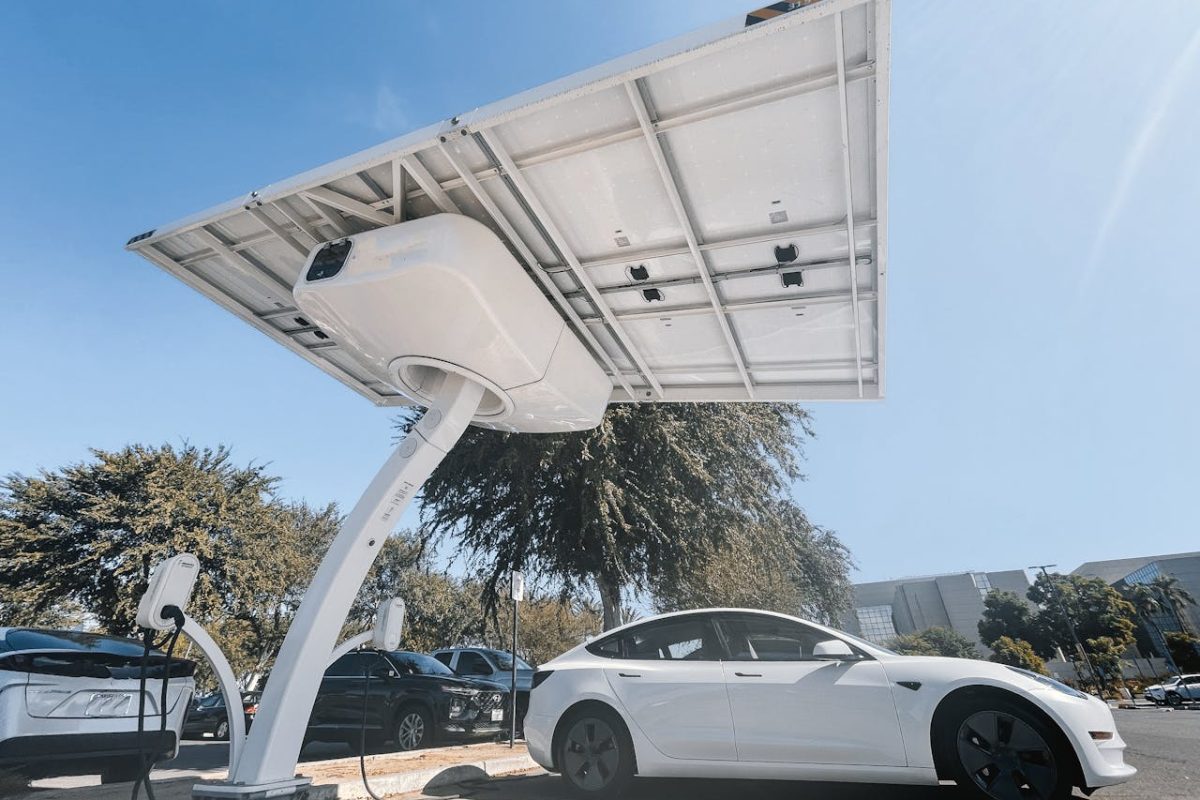If you’ve ever sold your car or given up driving – for example, when moving out of state – you might have wondered what to do with those old license plates. It’s a good question, since throwing them out isn’t the best idea. Drivers should know and follow recommended practices for car tasks like these.
Since used plates can be stolen and cause problems for the original owner, it’s advisable to dispose of them properly instead of holding on to plates you don’t need, unless you have a valid reason to do otherwise.
When Should You Get Rid of Your Plates?
As a rule, plates belong with the owner, so no longer being the legal owner of a vehicle signals you no longer need them. Both plates are usually disposed of together unless one is lost or damaged. Three reasons you may need to dispose of plates are:
- You want “vanity” plates or some unique alternative to replace your state-issued ones
- You’re relocating and won’t be driving anymore
- Your plates are damaged – particularly if they’ve become difficult to see on the road
Illinois doesn’t make residents return them, which is why residents here should inform themselves about best practices below to figure out what to do next. Contact CFSC Auto Services if you have questions about lost or stolen plates and we will help you out.
The Right Ways to Dispose of License Plates in Illinois
Don’t worry: drivers have some options in this area. In Illinois, there are four common, responsible ways to handle this process.
1. Recycle Your Plates
Want to make sure your old plates don’t end up in the wrong hands? Recycle them through a recycling facility by bringing them to your local Secretary of State’s office.
2. Destroy It & Bring it to a Facility
You can destroy a license plate yourself the same way you would any other metal item you don’t want to be used in the future. This involves making it unusable by bending it or cutting it into pieces. The metal pieces should still be recyclable through a recycling center in your area.
3. Keep Them in a Safe Place
If your old plates hold a special place in your heart, feel free to keep them. They’re yours! You’re allowed to frame them or use them how you wish as long as there’s no chance they will end up on someone else’s vehicle.
4. Bring Them to the DMV
Most people would rather avoid the DMV if possible, but some locations do carry bins in which old plates can be tossed in a responsible way.
What Not to Do with Your Old License Plates
You never know who is going through your trash bins out back. Identity theft is real, and the same kind of fraudster might use someone’s old plates to avoid registering their vehicle. It is not illegal to throw out your license plates along with your garbage, but it is simply not recommended for the aforementioned reasons.
Contact your local government for more information about options and rules in your area.
Pick Up Your New Plates at CFSC Auto Services in Illinois & Wisconsin
When it’s time to pick up your new plates, call the CFSC Auto Services in your area! We handle all kinds of licensing services. You can register your new car, order your annual stickers, and more.
Call first for details on hours, the required documentation, and fees. We’re happy to help out!




